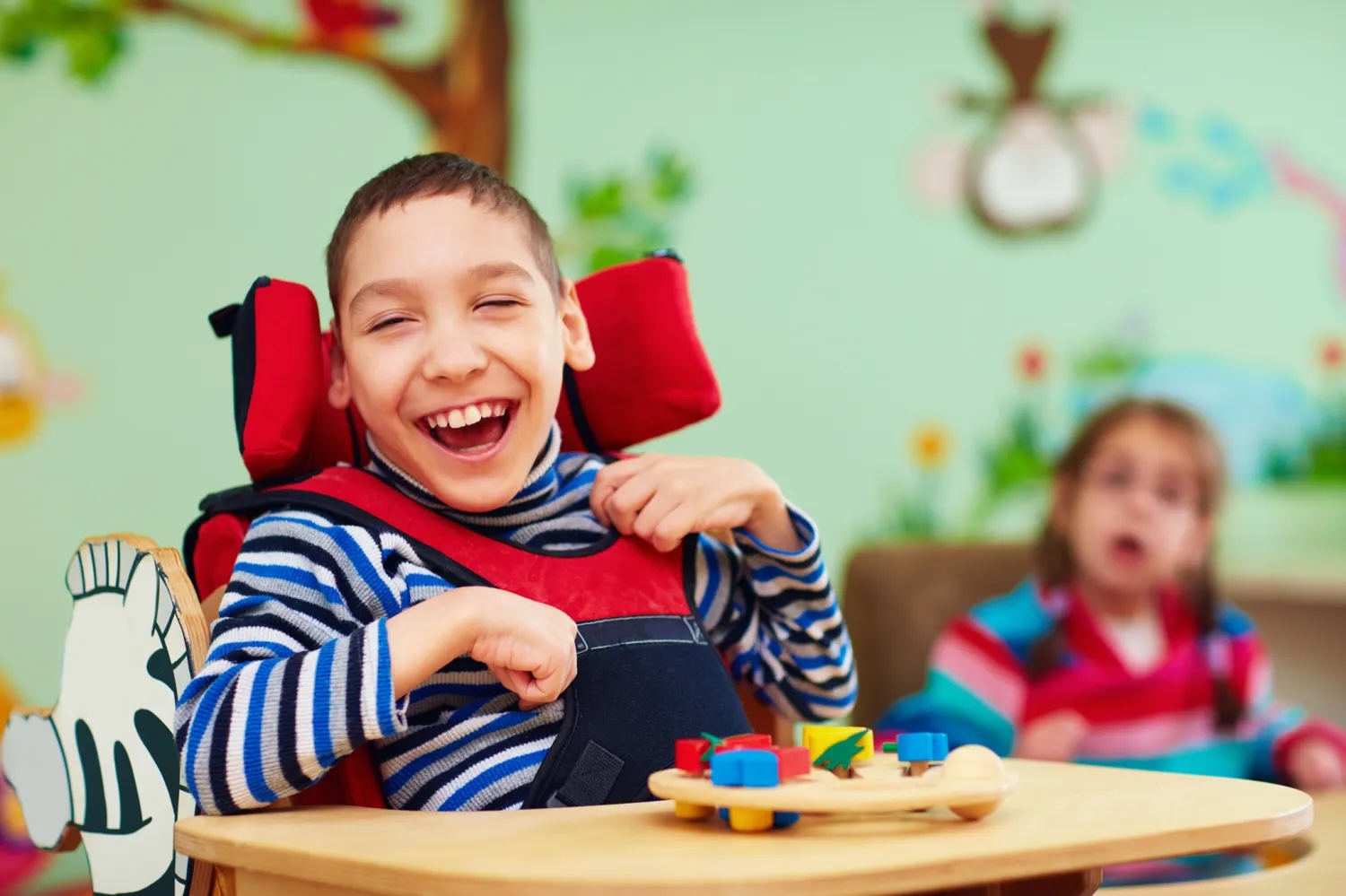Bake
Role-playing in augmented reality for every child, regardless of physical ability

Background
Play therapy has long been recognised as a crucial area of hospice care. In our two year exploration into children’s hospice care, we discovered the opportunity around augmenting social environments as a way of supporting children in their holistic (psychological, physical, social, spiritual) needs.
In a fourth prototype in the project, we believed that augmenting children’s play opportunities with interactive peer-to-peer experiences would result in a reduction of fear and worry for patients during treatments, and improved emotional wellbeing for siblings during their stay, because we understand that children need relief from pain and distressing symptoms, and seek connection amongst peers especially when away from home.
As a result, we developed an augmented reality (AR) play therapy prototype, codenamed “Bake”, specifically designed for the iPhone. This experimental game allowed children, particularly those with high cognitive abilities but physical disabilities, to engage in a role-play activity. By simply using their head and eyes, children could select ingredients and create a recipe to bake a cake. This prototype finds its roots in established play therapy frameworks, focusing on the exploratory stage, one of the four recognised stages of play therapy.
Our aim
Within this realm, our prototype emphasises three key aspects:
- Directive Play: Here, the therapist leads the session, choosing the toys or games and guiding the child towards a specific therapeutic goal.
- Real-life Role Play: This element underscores the importance of role-playing in helping individuals understand themselves and others, thus equipping them to navigate daily life challenges.
- Exploratory Stage: During this phase, children familiarise themselves with the therapy setting, building rapport with their therapist and understanding the roles of all involved.
Our target user group comprises children with high cognitive capabilities who possess significant face, head, or neck movement. This allows for the integration of head tracking in regular play activities like role playing. This demographic was chosen to promote a sense of autonomy and control. It’s vital for children to express preferences, connect through mimicking, and engage in typical play patterns.
What we did
From our engagement with play therapists, four interviews revealed several insights. Notably, mimicking and ‘normal’ play are essential for connection, and there’s a scarcity of accessible eye gaze technology. Building trust by understanding children’s interests is paramount in therapy. Moreover, parents find immense comfort in knowing their child can express preferences. Using day-to-day technology, rather than cumbersome eye gaze systems, greatly benefits therapists. For children, even simple choices, like selecting a colour, are significant, as is seeking assistance from trusted adults.
However, technology integration in play therapy is not without its challenges. Current eye gaze equipment, priced at approximately £11,000, is not only exorbitant but also bulky and challenging to calibrate. Moreover, therapists often spend undue time documenting sessions, as existing technology doesn’t streamline this process.
Our early-stage AR experience utilises head tracking, offering a hands-free role-play activity. The child can select diverse ingredients to craft a cake, using facial movements to complete tasks. Rich 3D models, sound effects, and speech-to-text features enrich the experience, supporting the child’s exploration and creativity. This prototype empowers children to partake in simple, engaging steps, baking a cake and receiving immediate visual and auditory feedback, spurring them to repeat actions and build self-confidence.
Our prototype’s primary objective is to offer children choices and control using accessible and affordable technology, making it feasible for hospices and families. For children, this means the freedom to express preferences and achieve independence. Therapists, on the other hand, benefit from using cost-effective, mainstream technology instead of pricier alternatives, such as Eye gaze or Magic carpet. In the long run, this could simplify data reporting for therapists, allowing more direct interaction time with children.
We then tested our prototype, collaborating with Sarah Daniels from Hope House Children’s Hospice. In our sessions, we engaged with six children and two young adults, each presenting unique challenges, from Duchenne Muscular Dystrophy to limited cognitive abilities. Feedback highlighted the importance of documenting each child’s progress and the joy derived from any positive outcome, whether a smile or a sense of independence.
Whats next
Looking ahead, there’s immense potential for our AR prototype. Integrated into special rooms, like multi-sensory spaces, it could become an essential tool in hospice services, complementing traditional play therapy methods. Furthermore, the data collection opportunities could provide hospices with comprehensive care records, enhancing holistic care.